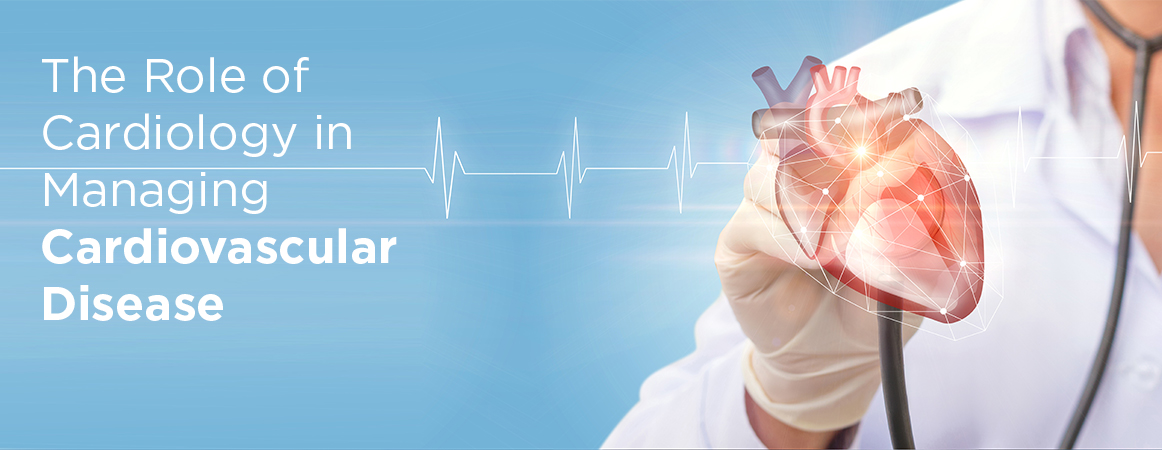More About Arogyajivan Medical Tourism For Oncology
More About Arogyajivan Medical Tourism For Oncology
Blog Article
Getting The Arogyajivan Medical Tourism For Oncology To Work
Table of ContentsSome Known Details About Arogyajivan Medical Tourism For Oncology Arogyajivan Medical Tourism For Oncology Things To Know Before You Get ThisArogyajivan Medical Tourism For Oncology for DummiesArogyajivan Medical Tourism For Oncology Can Be Fun For EveryoneArogyajivan Medical Tourism For Oncology Fundamentals ExplainedNot known Incorrect Statements About Arogyajivan Medical Tourism For Oncology
With its emphasis on minimally invasive strategies, advanced imaging, and customised medicine, interventional cardiology is changing the means we come close to heart health. At Atrius Cardiac Treatment, we are devoted to giving our patients with the best of treatment, ensuring that they receive the very best possible outcomes on their course to heart health.Cardiovascular conditions (CVDs) are the leading reason of death around the world. Of these deaths, 85% were due to heart attack and stroke.
One of the most typical reason for this is an accumulation of fatty down payments on the inner walls of the capillary that provide the heart or mind. Strokes can be triggered by bleeding from a capillary in the brain or from embolism. One of the most crucial behavioural threat aspects of cardiovascular disease and stroke are undesirable diet plan, physical lack of exercise, tobacco use and dangerous use alcohol.
Our Arogyajivan Medical Tourism For Oncology Statements
On top of that the individual might experience difficulty in breathing or shortness of breath; nausea or throwing up; light-headedness or faintness; an anxiety; and turning light. Females are most likely than males to have shortness of breath, nausea or vomiting, vomiting, and back or jaw pain. One of the most typical signs and symptom of a stroke is abrupt weakness of the face, arm, or leg, usually on one side of the body.
People experiencing these symptoms should seek medical treatment right away. Rheumatic cardiovascular disease is brought on by damage to the heart valves and heart muscle mass from the inflammation and scarring caused by rheumatic high temperature. Rheumatic high temperature is created by an uncommon feedback of the body to infection with streptococcal bacteria, which generally starts as a sore throat or tonsillitis in kids.
Getting The Arogyajivan Medical Tourism For Oncology To Work

People with heart disease must have accessibility to appropriate innovation and medicine. Fundamental medications that must be offered consist of: aspirin; beta-blockers; angiotensin-converting enzyme preventions; and statins. A severe occasion such as a cardiac arrest or stroke must be quickly taken care of. In some cases, surgical operations are needed to deal with CVDs. They include: coronary artery bypass; balloon angioplasty (where a tiny balloon-like device is threaded through an artery to open up the obstruction); shutoff fixing and replacement; heart transplant; andartificial heart procedures.
The Best Guide To Arogyajivan Medical Tourism For Oncology
Throughout the previous two years, significant strides have been made in the diagnosis and treatment of heart condition. Nuclear cardiology has played a pivotal role in diagnosing heart condition, analyzing condition extent, and anticipating outcomes.
The blood vessels become slim when fatty deposits accumulate inside the arterial wall. This is the procedure of atherosclerosis. When the arteries become blocked, the blood flow to the heart muscular tissue is impaired and a heart attack can occur. Nuclear cardiology researches use noninvasive strategies to examine myocardial blood flow, examine the pumping feature of the heart in addition to visualize the get more size and location of a cardiac arrest.
The Ultimate Guide To Arogyajivan Medical Tourism For Oncology
Radionuclide ventriculography is a noninvasive research that offers information about the pumping feature of the heart. In individuals with coronary artery illness and in those that have actually had a cardiac arrest, the assessment of the pumping feature of the heart (additionally known as the ejection portion) is crucial in the prediction of both long-lasting and temporary survival.
These methods can also supply details regarding the function of the valves of the heart, the integrity of all the cardiac chambers and can be used to monitor the effect of different medicines on the heart muscle (in individuals with cancer cells that are treated with radiation treatment). The evaluation of heart function with radionuclide ventriculography is precise and noninvasive and proceeds to play an essential role in forecasting results in individuals with heart problem.
Nuclear cardiology strategies can be made use of to figure out which areas of the heart muscle mass have actually been harmed by infection or by a cardiac arrest. These strategies can additionally be utilized to monitor the standing of the heart muscle mass in the client after heart transplantation. ArogyaJivan Medical Tourism for Oncology. The heart has its own nervous system, which is essential for the appropriate functioning of the heart muscle
An uncommon heart price and chaos of the regular heart rhythm can manifest this problem. Imaging representatives are injected into the blood stream and after that the nerve system of the heart can be imaged making use of a gamma video camera. The details obtained from these noninvasive research studies can be utilized in the administration of people with heart problem, specifically heart failing.
6 Simple Techniques For Arogyajivan Medical Tourism For Oncology
These studies can outline the heart muscle that is not obtaining ample blood flow because of the obstruction in the arteries of the heart. These research studies can likewise show the heart muscular tissue that has been scarred from previous heart strikes, and additionally this content what has been harmed but has the possible to recover if a bypass surgical treatment or an angioplasty is executed.

, which is composed of your heart, arteries, and veins.
Report this page